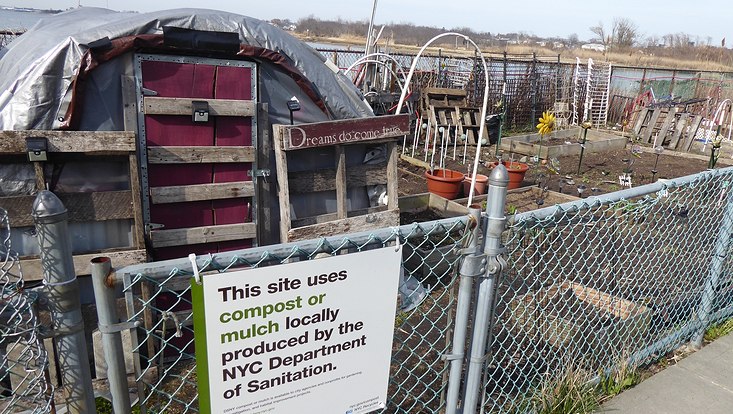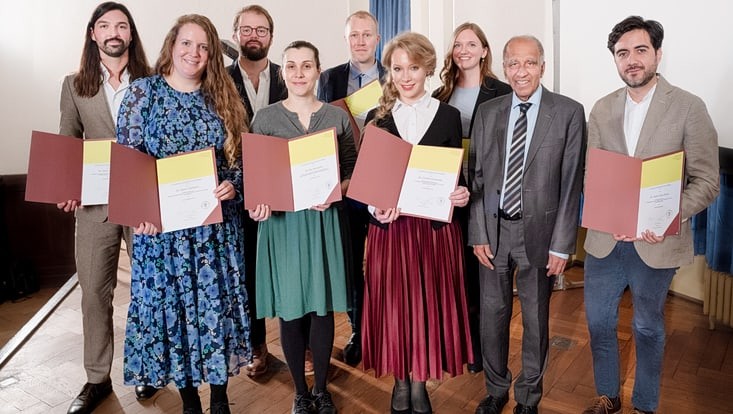and Society (CLICCS)
Green resilience: Fighting climate risks with plants and trees
30 January 2024, by CLICCS News

Photo: Delf Rothe
How do plants and trees contribute to public security in times of multiple crises? In the face of the growing climate crisis and other complex risks, vulnerable cities and regions are increasingly embracing unusual measures: Parks, gardens, and public green spaces are used to help prevent disasters and cope with moments of shock.
For example, they can mitigate storm surges or heatwaves, promote health and social cohesion or, as places of remembrance, help to deal with collective trauma. Dr. Delf Rothe is researcher at the CLICCS Cluster of Excellence and has investigated the potential risk of the so-called "green resilience" as a new concept in security policy. In conclusion: the impact of green resilience projects is highly dependent on their concrete design.
In his recently published study, Delf Rothe examined several resilience projects in New York City - including public green spaces and community gardens in marginalized neighborhoods that are particularly vulnerable to climate change. As part of his research, he spoke to those involved, and interviewed experts on the topic. To have the desired effect of increasing the resilience of vulnerable communities, projects must consider the needs of all stakeholders.
This also includes the long-term healthy growth of plants and trees. At the same time, the projects should offer opportunities for interested parties to actively participate and help to shape them. Otherwise, their impact would not last – in the worst case, the dependencies and disadvantages of involved stakeholders could even be reinforced.
More information
The study is part of the CLICCS project B3 – Conflict and Cooperation at the Climate-Security Nexus. The project investigates societal coping mechanisms in the face of increasing climatic risk, including strategies and practices of resilience promotion.
Publication:
Rothe D (2024): Green resilience: Securing life through vegetal being; Political Geography, Vol 109
Contact:
Dr. Delf Rothe


